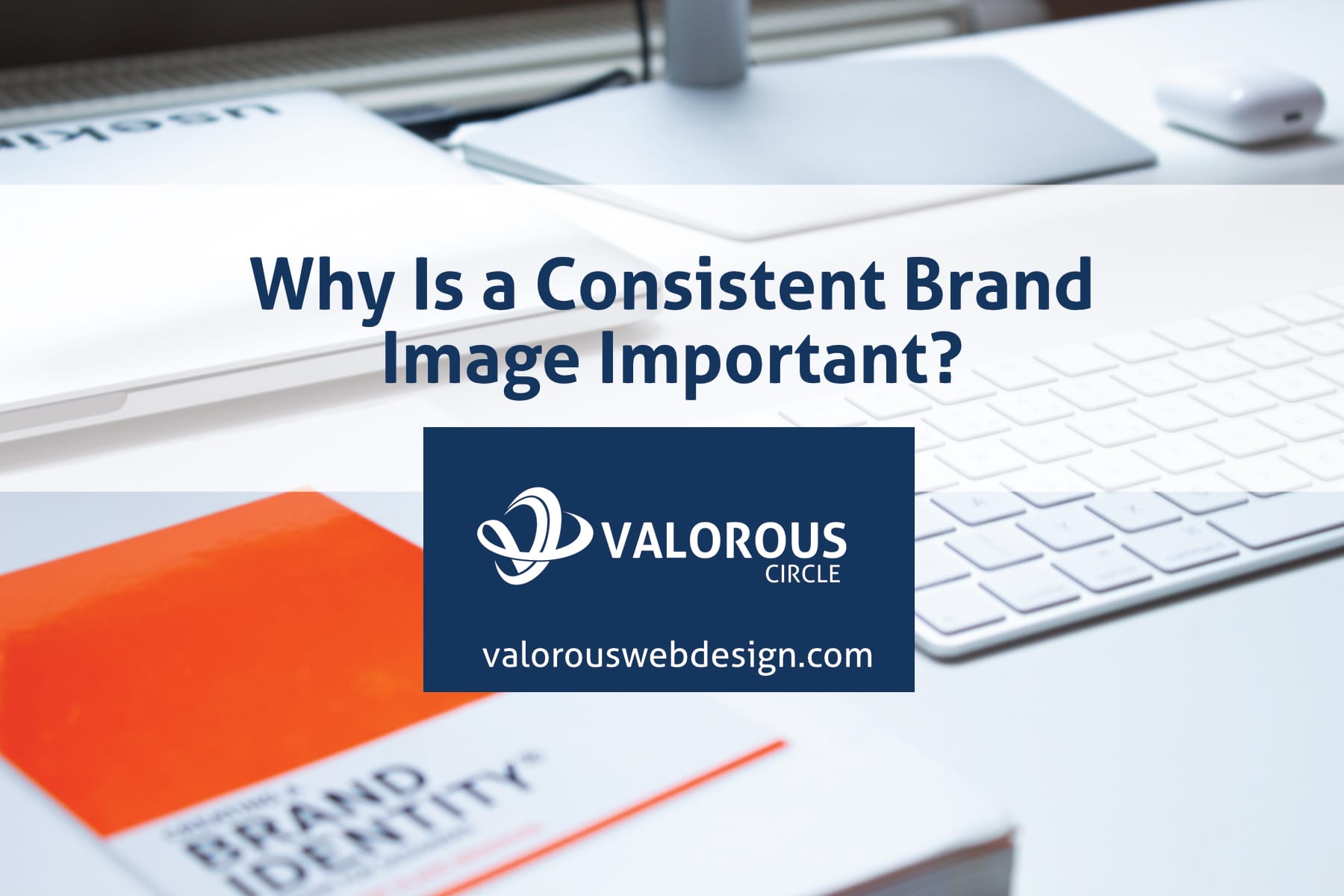Are you a small business or a non-profit organization? You probably think you are doing the best you can and have built enough trust online. The problem is that we all inevitably fall to the common mistakes of classic branding. First though, let’s talk about what a consistent brand image is.
What Is Branding?
In simple terms, branding is creating an identity or image of a company, product, service or individual in the public’s eye such that any mention of the name of the institution brings out a specific feeling or emotion.
When you are asked about a particular business, person or organization, you evaluate the entity in question and give a positive or negative reply. This is your perception of their brand image or identity.
Technically, brand image is the manner in which an organization presents its face to the world.
Branding Your Organization – 6 Keys (and a bonus)
Now that you understand the basic theory behind a brand image, what makes up your brand? Here are six key things that define/create a pleasant brand image that stays in the reader or viewer’s mind.
-
Logo – Your logo is basically a symbol or picture that is unique and easily associated with your company or business.
-
- The moment someone sees your logo, they should identify your business with it.
- It should be catchy, to-the-point, designed for maximum impact and geared around what your business is all about.
- Abstract logos can also work well, although they require some time to age properly.
-
Color Palette – The colors you choose for the logo or brand image are surprisingly important.
-
- Bright flashy colors go well with fun and entertainment based business.
- For more serious business, consider cooler colors or hues.
- Choosing colors is a vital part of creating a brand image.
- Consider alternative choices and try out unique combinations until they satisfy you.
-
Font/Typeface – The font you use for your brand image should always be easy to read.
-
- If possible, choose a font or typeface, that is not typical in terms of design
- Your font/typeface should never be difficult to read or understand.
- Make sure that your design does not hinder the readability aspect. An easy-to-read logo is almost always more effective than a fancy one that is hard to read.
- Remember that your font/typeface should provide a contrast with the other colors of your logo or background. Use:
- Light text on a dark background or
- Dark text on a light background
- Avoid any colors that make your logo hard to read/see. See the image below for a visual example:
-
Tagline – Not the most important aspect of a brand image, although an excellent tag line can make your brand much more memorable.
-
- A tag line defines your business in one line or a few words.
- It is something that you can use to brand your advertisements and other promotional material.
- Think of some of these tag lines – do you know the brand associated with them?
- You’re in good hands with ________ (Allstate Insurance)
- Don’t leave home without it. (American Express)
- The ultimate driving machine. (BMW)
- Think outside the bun. (Taco Bell)
- Where’s the beef? (Wendy’s)
-
Layout – Where you place your brand image on your website, marketing materials and/or product also matters. It should be easily visible but should not form most your message.
-
- Don’t fall for the classic entrepreneurial mistake of “Make my logo bigger!”
-
Different Formats – As you engage in marketing your organization, you will need to place your logo in many places and on many things. Have different (although similar and consistent) versions of your brand image so you can maximize the impact of your brand. You should have the following versions of your logo available:
-
- Your logo on a black background (if the colors look good)
- Your logo on a white background (if the colors look good)
- Your logo in white on a black background
- Your logo in black on a white background
- A grey-scale version of your logo
Bonus – A Branding Tip to Make You Shine
Besides creating your logo in multiple color formats (see No. 6 above) also create or have your designer create a square and rectangular version of your logo. This is important for signage and sponsorships where your logo displays.
- If you are provided a square space for your logo and you only have a rectangular version, your logo will be tiny and difficult to read when your rectangular logo is re-sized to fit the square space.
- If you are provided with a rectangular space for your logo and you only have a square version, your logo will be tiny and difficult to read when your square logo is re-sized to fit the rectangular space.



